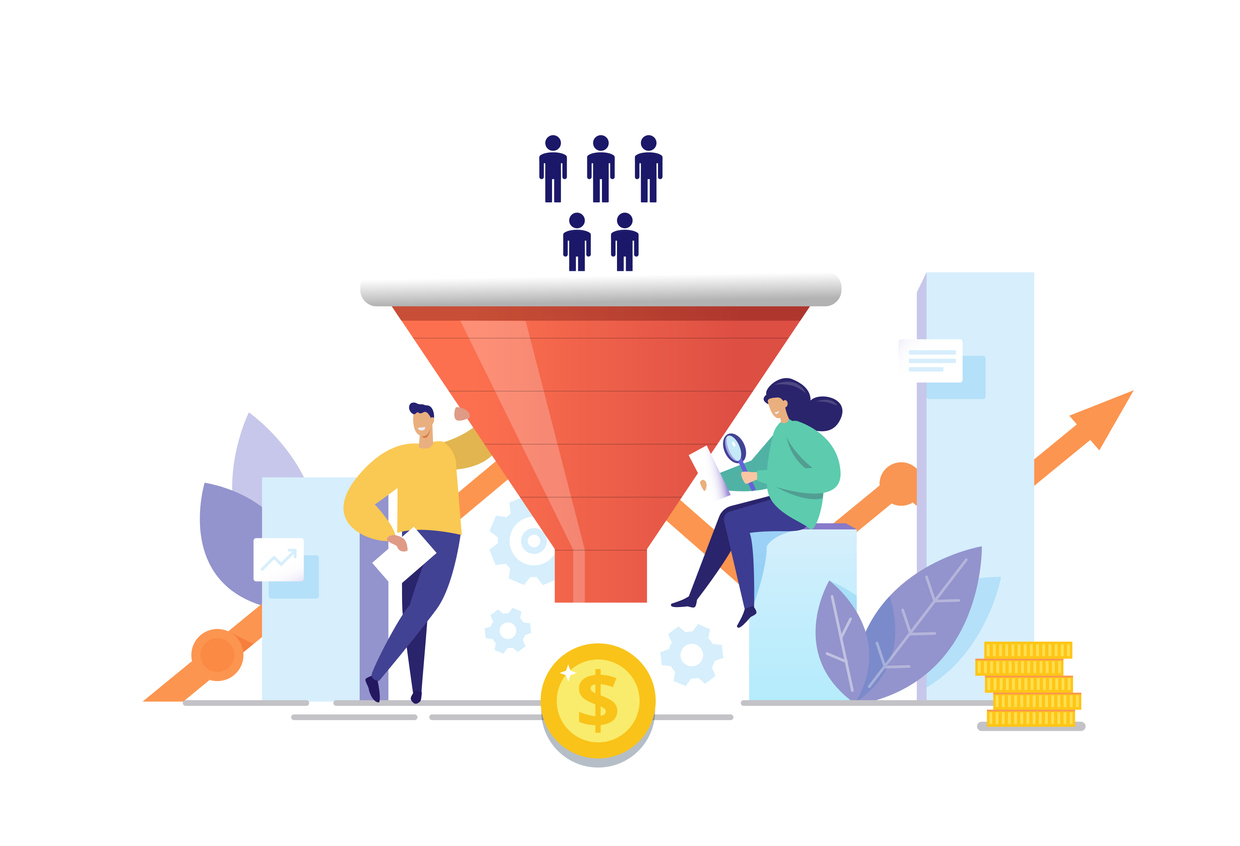The most successful reps know that if they work hard enough, they win more business for their employer and a bigger commission for themselves.
Sometimes that means making a few extra calls to prospects.
In other cases it’s about being quick to follow up with leads after an initial meeting to provide answers to their most common questions.
Their work ethic also includes persistence, whether it’s taking a little longer to nurture an opportunity or coming up with a special offer based on the customer’s specific needs.
Working hard as a sales rep shouldn’t mean stretching yourself too thin, however. It should also mean working smarter, which is another way of talking about the use of sales automation.
Starting with a foundation like a CRM, sales automation solutions can dramatically enhance the employee experience for sales reps by taking away the tasks that sometimes feel like chores and introducing a technology-driven workflow.
Sales automation is also a way of reducing the risk of making an error – like sending documentation to the wrong prospect, for instance – simply because a rep has been feeling pulled in multiple directions at once.
Technology transforms what it means to work in sales because it puts all the customer data and content they need in a unified place. That means it becomes a single source of truth for them, their team members and their managers.
Sometimes companies wonder if they’re big enough to need sales automation or benefit from it. The easy answer is that you can see increased productivity, greater collaboration and increased revenue through sales automation no matter the size of your business. Consider some of the use cases, such as:
Locking In Meetings With Leads Earlier On
It happens all the time: a sales lead responds warmly to a rep who reaches out about a product that might interest them. They agree to schedule a time for a more in-depth discussion. Then, crickets. Or worse, a prolonged back-and-forth with the rep trying to find a date and time that will work for everyone.
A simple form of sales automation can easily solve for this, by dynamically showing when the rep is available and allowing the lead to set a meeting time with the push of a button. This leaves the rep with a lot more time to follow up on other potential leads.
Painting A Clearer Picture Of Each Prospective Customer
Sometimes leads come into a rep’s pipeline with little more than the basics. They might have a name, for instance, contact information, company name and role. That leaves it up to the rep to do all their homework on each lead before making that initial introduction.
Lead enrichment services are a form of sales automation that comb through publicly-available data sources to develop a robust profile without all the legwork on the rep’s end. Lead enrichment can not only work faster than the average rep, but tap into databases they might know about, including those that provide clues to the lead’s pain points and drivers of purchase intent.
Generating Ever-Increasing Levels Of Customer Interest
Some sales cycles are long because the product in question has a big price tag, or involves some complex decision-making on the client’s end before they feel ready to adopt it. This issue is usually best solved by taking time to educate the customer – in a way that makes them more confident and compelled to sign off on a deal at every stage.
Reps used to do this by going back time and again to meet with customers, but that isn’t very scalable when you’re trying to trying to nurture multiple opportunities at once. Sales automation makes it much easier through methods like an e-mail “drip” campaign.
Using data that identifies common subjects that a customer needs to understand during the sales cycle for a product, reps can set up pre-written e-mail messages marketing automation software can send out at periodic intervals. The order of the messages can even change based on actions the recipient takes, like clicking on a link to a product or resource page. Sales automation also allows drip campaigns to be personalized based on the data the rep has put into the CRM.
Putting Together The Perfect Proposal
What will get customers to say “yes?” It depends, but the further along they move through the purchase cycle, the more likely they’ll be swayed by the same kinds of assets.
A case study might show them their peers have already seen ROI from their investment, for instance. A buyer’s guide might help show how your firm stands apart from the competition. There might be a deck filled with research from industry analysts whose insights help them build the business case.
Reps used to put together proposals – including the final quote – from scratch for each client. Sales automation can streamline that task by intelligently matching the right assets for a proposal based on your CRM data. Reps can then focus on the most human aspect of the sale, which is building a relationship.
Faster, More Detailed Reporting
Reps would obviously prefer to focus on selling than putting together all the details about their efforts and sending them on to their manager. Sales automation can take that chore away too, culling all the key information that’s already available in their CRM and shaping it into a story that will make sense for everyone.
Automated report generation can delve into everything from lead scoring to how many times a prospect had to be touched before a deal was closed. This helps managers offer the best possible coaching to reps, and it allows reps to take a more active role in their professional development.
Reps are too valuable to waste on activities that don’t require their full attention anymore. Sales automation is a way to empower them to do less, while effectively selling more.


